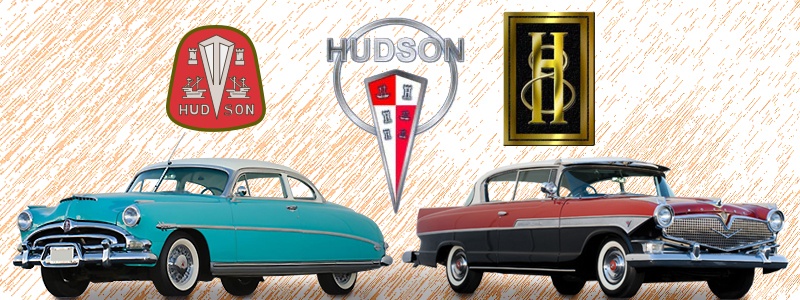The name "Hudson" came from Joseph L. Hudson, a Detroit department store entrepreneur and founder of Hudson's department store, who provided the necessary capital and gave permission for the company to be named after him. A total of eight Detroit businessmen formed the company on February 20, 1909, to produce an
automobile which would sell for less than US$1,000. One of the chief "car men" and organizer of the company was Roy D. Chapin, Sr., a young executive who had worked with Ransom E. Olds. (Chapin's son, Roy Jr., would later be president of Hudson-Nash descendant American Motors Corp. in the 1960s).
The company quickly started production, with the first car driven out of a small factory in Detroit on July 3, 1909. The new Hudson "Twenty" was one of the first low-priced cars on the American market and very successful with more than 4,000 sold the first year. The 4,508 units made in 1910 was the best first year's production in the history of the
automobile industry up to that time and put the newly formed company in 17th place industry-wide, "a remarkable achievement at a time."
Production in 1911 increased to 6,486. The company had a number of firsts for the auto industry; these included dual brakes, the use of dashboard oil-pressure and generator warning lights, and the first balanced crankshaft, which allowed the Hudson straight-six engine, dubbed the "Super Six" (1916), to work at a higher rotational speed while remaining smooth, developing more power for its size than lower-speed engines. Most Hudsons until 1957 had straight-6 engines.
The dual brake system used a secondary mechanical emergency brake system, which activated the rear
brakes when the pedal traveled beyond the normal reach of the primary system; a mechanical parking brake was also used. Hudson transmissions also used an oil bath and cork clutch mechanism that proved to be as durable as it was smooth. At their peak in 1929, Hudson and Essex produced a combined 300,000 cars in one year, including contributions from Hudson's other factories in Belgium and England; a factory had been built in 1925 in Brentford in London. Hudson was the third largest U.S. car maker that year, after Ford Motor Company and Chevrolet.
Also see: The History of Hudson (USA Site)



